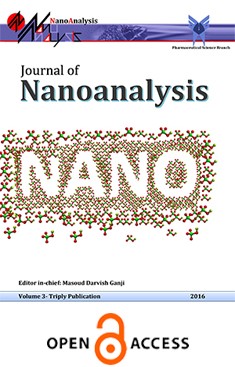-
-
List of Articles
-
Open Access Article
1 - Determination of Naphthenic Acids Concentration and Total Acidity and Investigation of the Impact of Their Nanoemulsions Structure on the Design of Oil Refinery
-
Open Access Article
2 - Application of Imidazolium based ionic liquid Nano-emulsions for the removal of H2S from crude oil
Sahar Safarkhani Ali Akbar Miran Beigi Amir Vahid Abolghasem Mirhoseini Hoseinali Ghadirian -
Open Access Article
3 - BTX Hydrogenation in liquid phase using nanoparticles of Cobalt/MWCNTs and data analysis using RSM method
Mohammad Teymouri Mohammad Mahdi Khodaei Majid Hashemi
-
The rights to this website are owned by the Raimag Press Management System.
Copyright © 2021-2026







